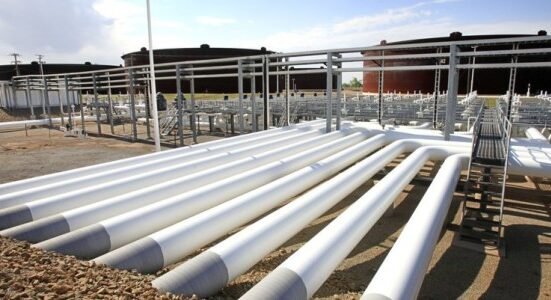Elevated housing demand combined with enduring renewals led to a 90-basis-point rise in apartment occupancy to 95% during the quarter, said the report.
Just over 900,000 households were formed in the year ending in the first quarter, a 0.7% increase, bringing the total number of U.S. households to nearly 132 million.
The market was aided by a 1.2% year-over-year increase in employment, or 1.9 million new jobs during the past 12 months. About 160 million people are currently employed across the country.
Effective rents were up 1.1% year over year to $1,827, a $19 increase.
Class A rents were roughly $2,400 per month, while Class B rents were near $1,800, and Class C rents were about $1,500.
Berkadia’s national multifamily report included detailed information on dozens of markets. Occupancy in New York reached 97.4%, up 70 bps year over year. The market benefited from a 0.7% increase in households and annual job growth of 1.1% as it absorbed 34,206 units during the fourth quarter. Its total multifamily inventory is just under 2 million units.
In Washington, D.C., occupancy for the first quarter was 95.8%, up 120 bps year over year. Effective rent in the market stood at $2,208, an increase of $79 or 3.7% year over year. The market absorbed 22,440 units for the 12 months ending in March.
New inventory in Orlando was up 4.5% year over year with the addition of 12,636 units. The market absorbed 13,833 units during the past year and occupancy was up 80 basis points to 94.4%, but effective rent dropped 1.1% year over year to $1,734.
Effective rents were also down in Dallas for the first quarter to $1,485, a 2.1% year-over-year decrease. The market received 43,100 units during the past 12 months and absorbed more than 48,200 units. Occupancy in Dallas stood at 93.4% to end the quarter.
In Los Angeles, occupancy was up 60 bps to 95.5% at the end of the first quarter. The effective rent in the market was nearly $2,800, a $20 year-over-year increase.







